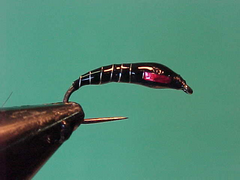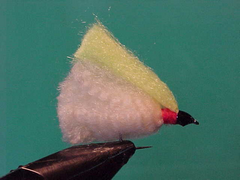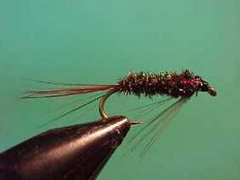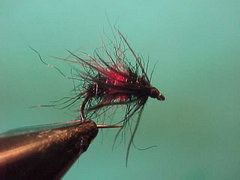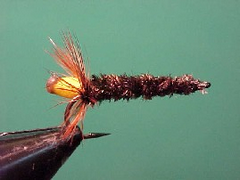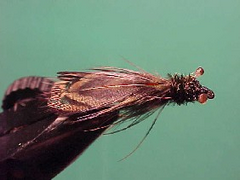Epoxy midge – holographic cheek
When Chironomids are emerging they emerge in large numbers and there are plenty of choices for the fish. Casting speed and accuracy are as essential as an appropriate fly. When I asked the guys at Alpine to recommend their favorite chironomid pattern this is what they gave me.

